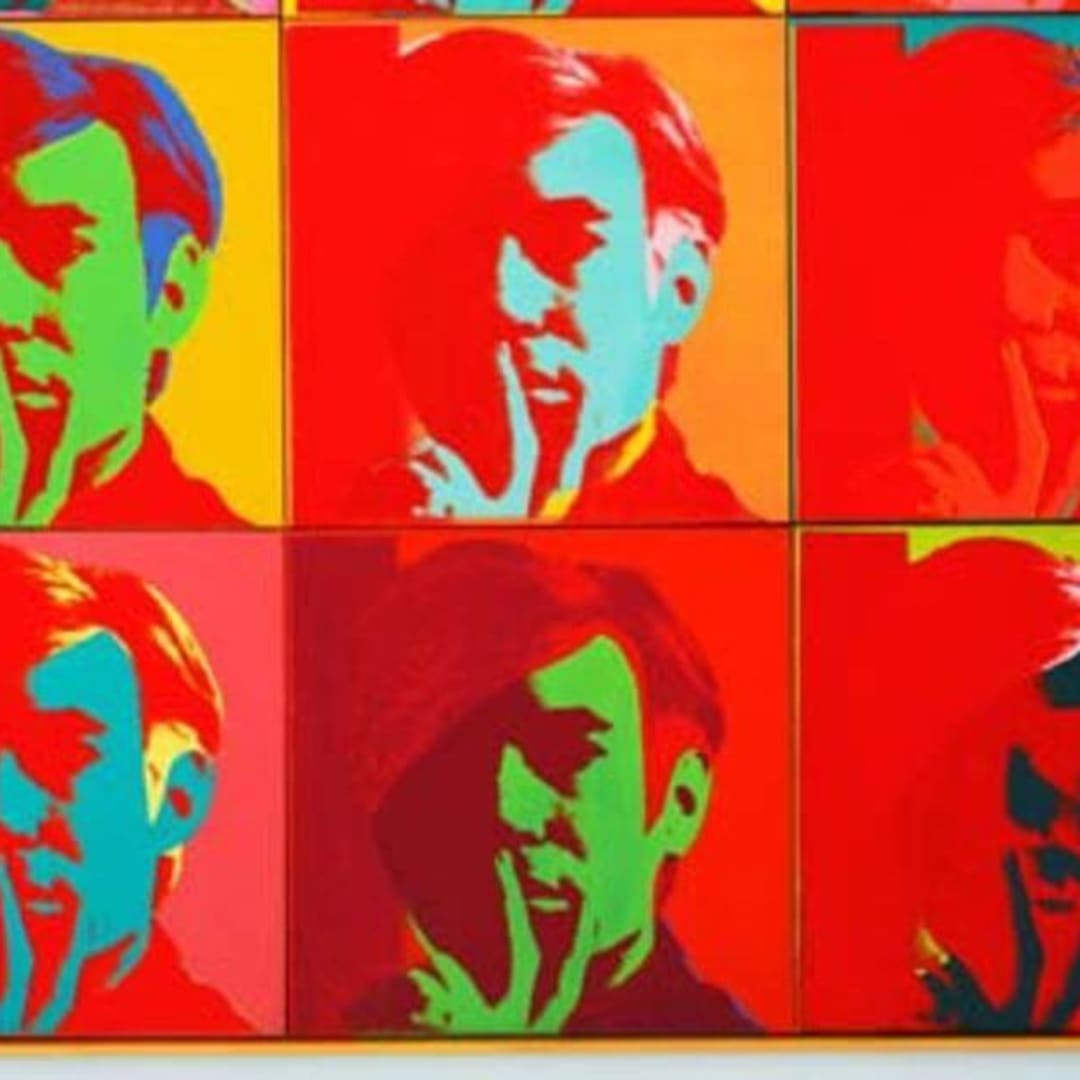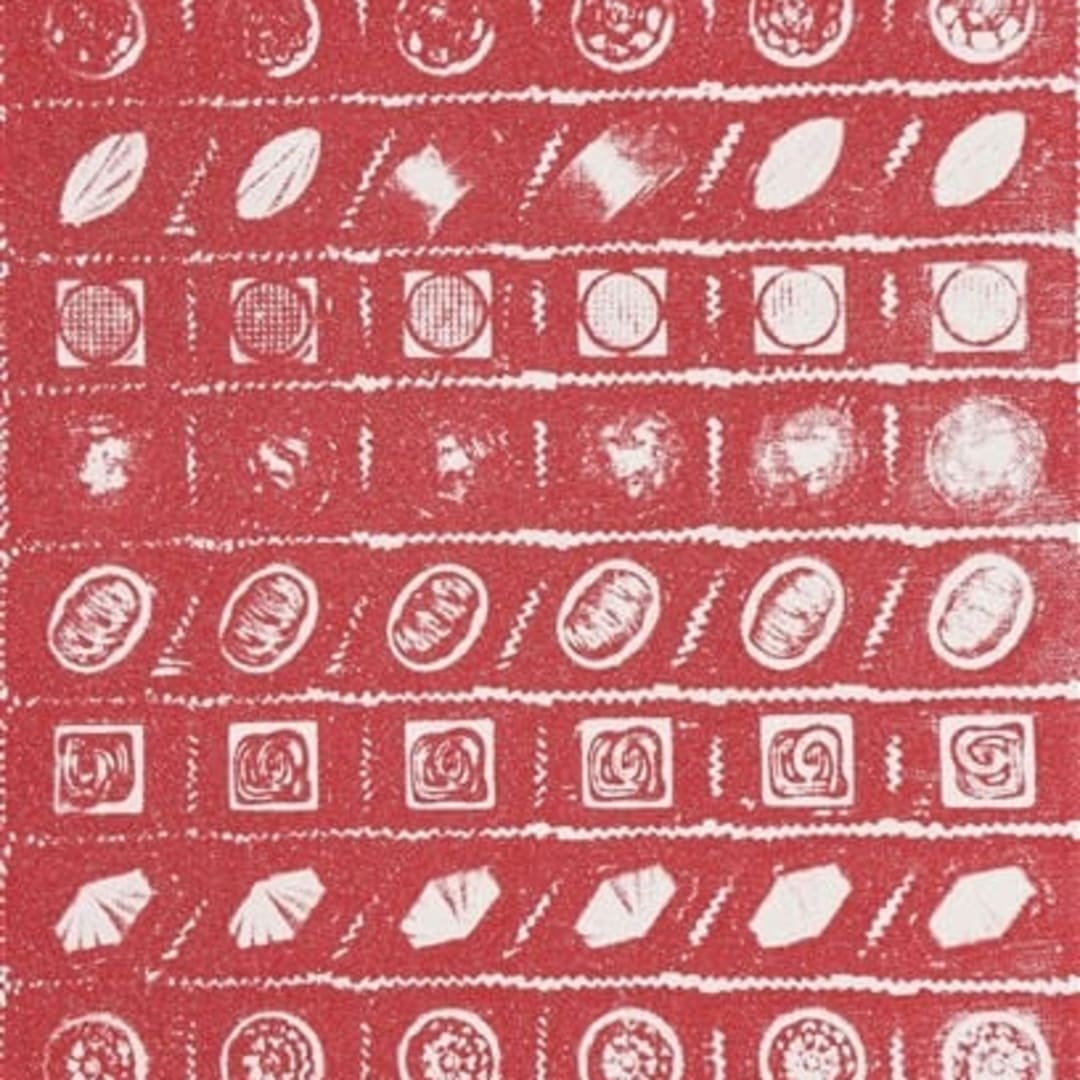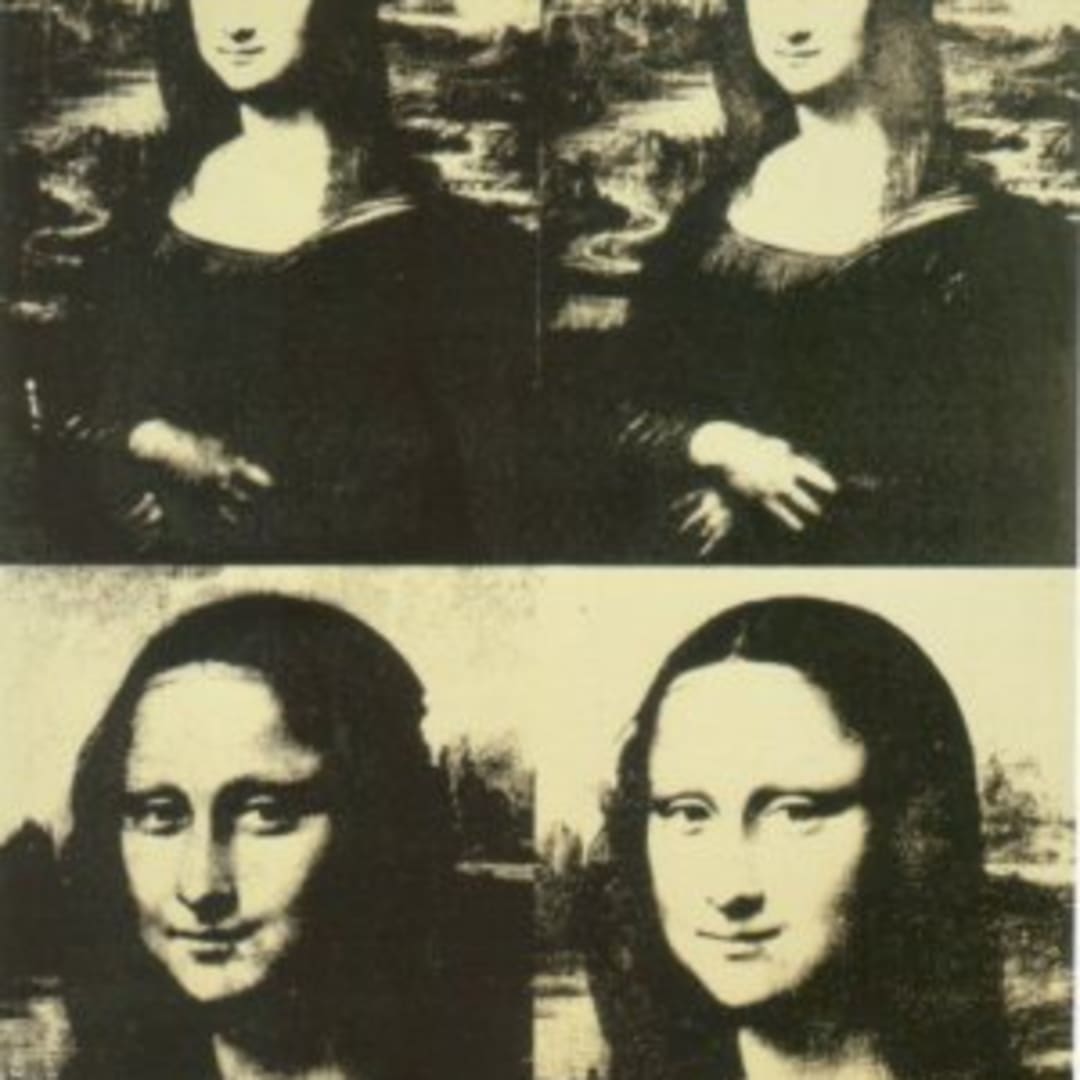I believe in low lights and trick mirrors. A person is entitled to the lighting they need…"
—Andy Warhol
Two shows at the Warhol Museum bridge the gap between the way Andy Warhol viewed himself and the way in which he viewed others. My Perfect Body just ended and Stars of the Silver Screen is coming this month.
How Andy Saw Himself
Andy Warhol’s self-image was something that he grappled with throughout his life. In his autobiography, Warhol wrote, “I believe in low lights and trick mirrors. A person is entitled to the lighting they need…At one time, the way my nose looked really bothered me - it’s always red - and I decided that I wanted to have it sanded…I went to see the doctor and I think he thought he’d humor me, so he sanded it and when I walked out of St. Luke’s Hospital, I was the same underneath but had a bandage on…If I didn’t want to look so bad, I would want to look ‘plain.’ That would be my next choice.”
Andy Warhol’s skin began to lose pigment when he was about eight years old. He developed acne and rosacea, which made his skin appear red and blotchy in places. He was teased by other children, who called him Spot or Andy the Red-Nosed Warhola. Much of his time was spent at doctor appointments, in an attempt to improve the appearance of his face.
In their book, Overcoming Body Image Problems including Body Dysmorphic Disorder (BDD), authors Alex Clarke, David Veale and Rob Willson say that Warhol probably suffered from BDD. BDD is characterized by, “a discrepancy between how others rate their appearance (or whether it is important to them) and how the person rates themselves.”
As an adult, Warhol used collagen to minimize wrinkles in his face and donned wigs to cover up hair loss, which occurred not just on his head, but on his body, as well.
How Andy Saw Everyone Else
As a young boy in Pittsburgh, Warhol and his two older brothers often went to the local cinemas. Andy was fascinated by the glitz and glamor of the films of the 1930s and ‘40s. He sent away for fan photos, hung movie posters on his walls and devoured movie magazines. His fascination with famous and glamorous people continued through his adulthood. A biography of Frank Sinatra was found on his bedside table when he died in 1987.
Most of his paintings of celebs, including Mona Lisa, appear to have been done with detached observation, focused more on Warhol style than subject substance, yet manage to elicit strong emotional response from the viewer. Even the soup cans, soda bottles and candy boxes were loaded with sentiment that spurred reactions.
How Andy Painted Himself
Warhol was often painted and photographed by other artists and did many self-portraits throughout his lifetime. In many, he appears happy and self-confident, although those closest to him say that he was shy and not as confident as he appeared in public.
One of his most remarkable self-portraits, part of the Guggenheim collection, was done when Warhol was 58, just a year before his death. The silkscreen on canvas is nearly nine feet square. While most of his portraits usually included the subject’s neck and shoulders, this self-portrait looks like a disembodied head floating on a black background. Warhol may have just accepted what he saw as his physical shortcomings as he matured.
Andy Warhol at VFA
We have many of Warhol’s portraits available at VFA. Please contact us for more information about the collection in our gallery.




